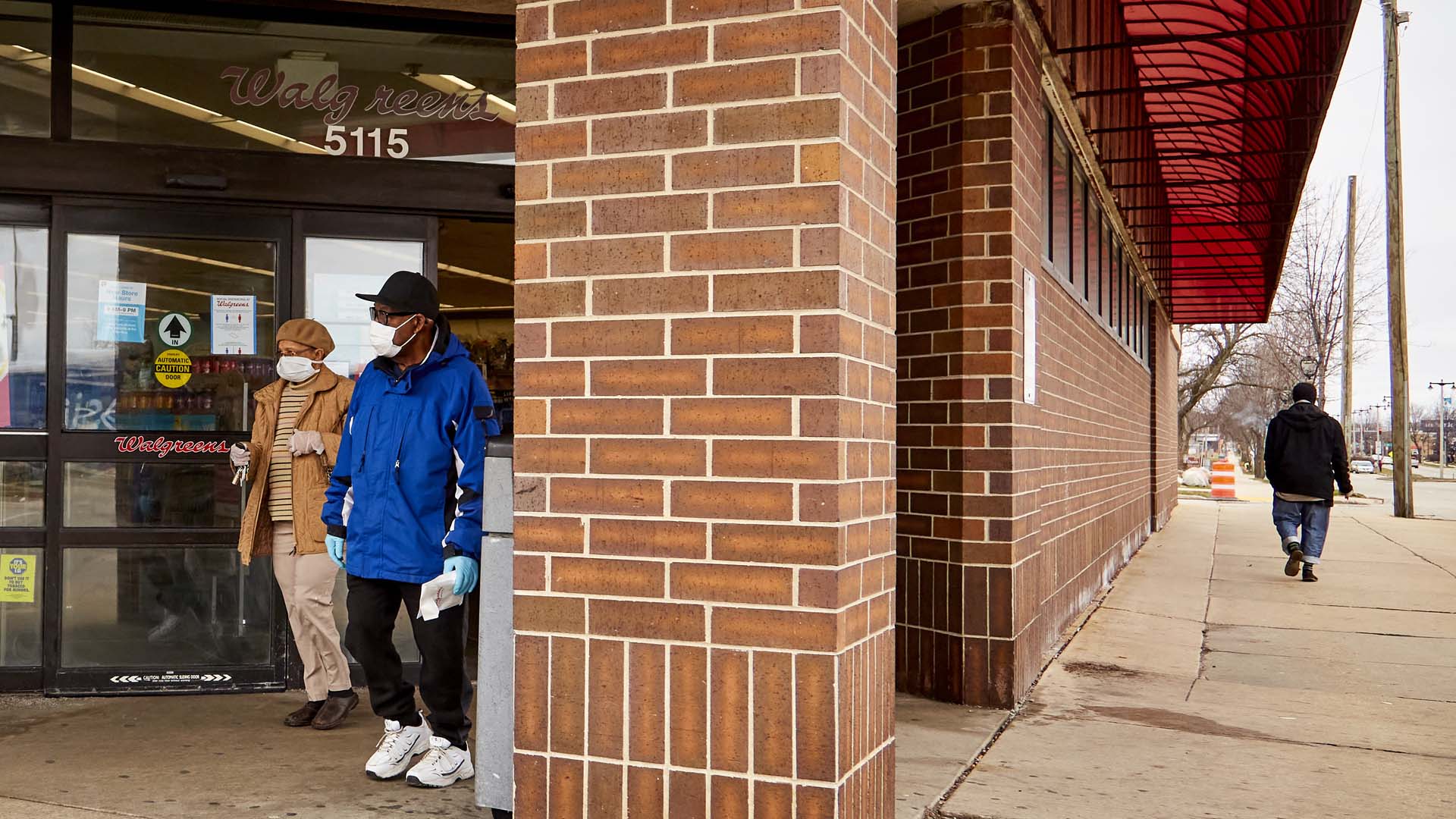
Why Latinos and African Americans are most affected by COVID-19, according to statistics
Officials around the U.S. have a host of reasons as to why minorities make up a disproportionate number of coronavirus cases and deaths.
As the U.S. coronavirus mountain begins its ascent to the peak, states have begun releasing more detailed data on what populations are most affected by the virus.
The early releases tell a grim story for African-Americans and Latinos across the U.S.
Despite only constituting 13% of the entire U.S. population, data from COVID-19’s first month in the U.S. gathered by the Centers for Disease Control and Prevention found they constituted 33% of all coronavirus hospitalizations.
White people, who make up 76% of the total U.S. population, were 45% of hospitalizations and Latinos represented 8%, with a 16% share of the total U.S. population.
The picture gets darker when pinpointing specific states and death rates.
In Louisiana, which is 32% black, African-Americans were 70% of the state’s 512 COVID-19 deaths on April 7. The death toll there is now over 800.
Much like Louisiana, close to 70% of Chicago’s COVID-19 deaths are African-Americans, who also make up more than 50% of the city’s cases. They only represent 30% of its total population.
Detroit has also turned into another hotspot for COVID-19 and at 79% black, is home to a quarter of Michigan’s COVID-19 deaths. Overall, African-Americans represent 14% of the state’s population.
For Latinos in the U.S., the hotbed of COVID-19 is in New York City. There, with 29% of the city’s total population, Latinos are 34% of its COVID-19 deaths for the highest share among New York City’s virus data based on race.
African-Americans are second in New York City in deaths with 29%.
When asked about New York City’s higher death rate in its Latino community, Mayor Bill de Blasio said one of the many negative effects of the coronavirus is its exposure of a gap in healthcare that’s existed “for years and decades in the city.”
The mayor also pinpointed the lack of accessibility for non-English speaking residents to vital COVID-19 information.
“I think it’s fair to say, language means [that] for some people, they aren’t getting as much information as they need,” he was quoted by NBC4 New York.
RELATED CONTENT
For African-Americans, close to 10% of the total U.S. population was uninsured in 2017. That’s likely gone up as COVID-19 has shut down many of the industries where more African-Americans work.
William Rodgers, chief economist at Rutgers’ Heldrich Center for Workforce Development told CNN that minorities, in general, will see higher unemployment rates because the sectors they work in are now in lockdown.
Those include the home care, service, hospitality, custodial and construction industries.
"It just comes down to the fact that in the United States there's still a lot of occupational segregation by race and ethnicity," Heidi Shierholz, senior economist and director of policy at the Economic Policy Institute told CNN.
Up to 17 million Americans have filed for unemployment in three weeks of COVID-19 quarantine.
Tacking onto the lack of health coverage, African-Americans also suffer from a host of pre-existing conditions at higher rates than any other racial group in the country.
According to the U.S. Department of Health and Human Services Office of Minority Health, African-Americans are 60% more likely to be diagnosed with diabetes compared to non-Hispanic whites, 20% more likely to die of heart disease, hold the highest mortality rate of all cancers combined, and represent 44% of the U.S. HIV-positive population.
In the words of Van Jones in a recent op-ed about COVID-19 and black America: “It’s time to sound the alarm.”










LEAVE A COMMENT: